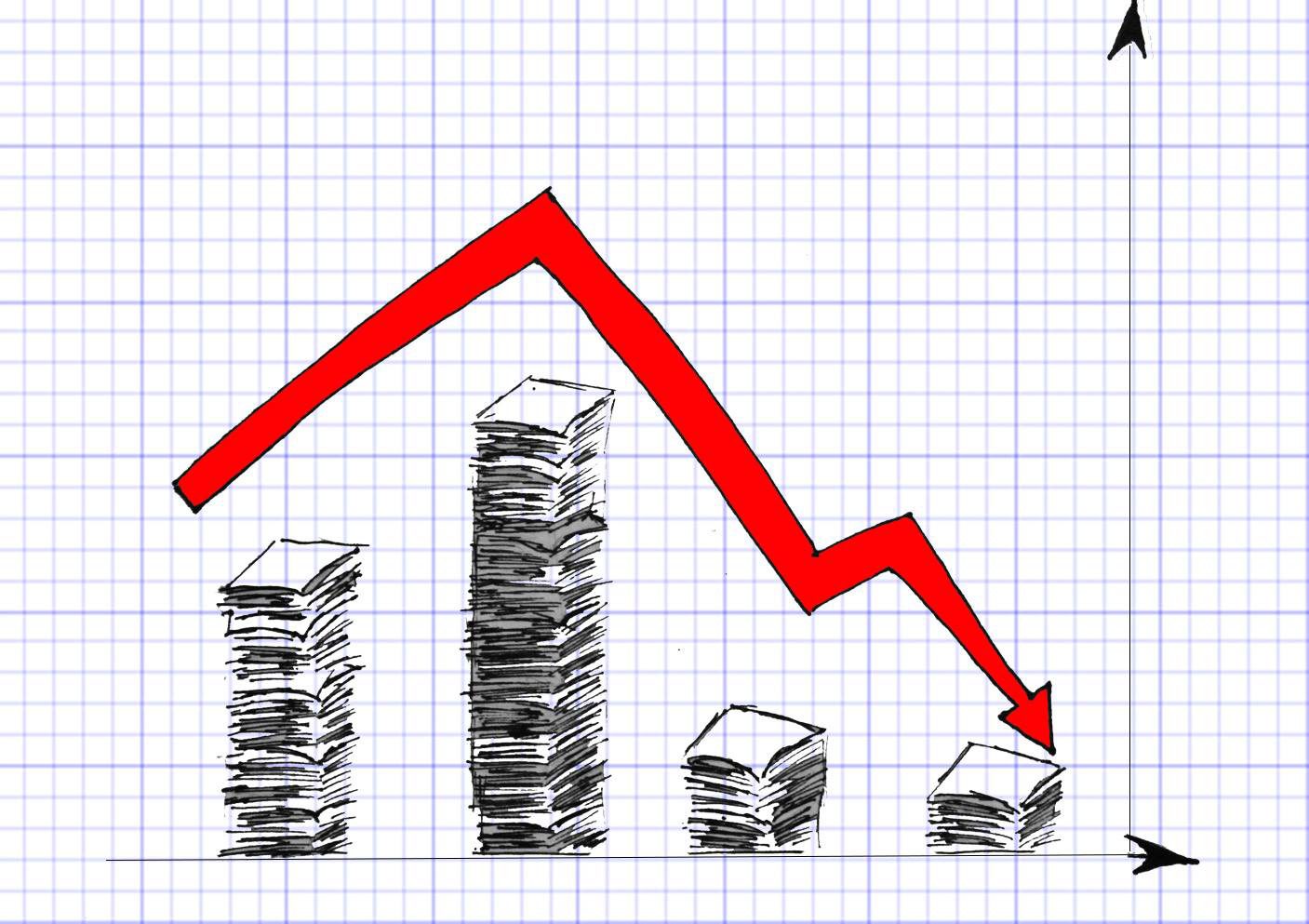
In his book Mass Disruption, John Stackhouse writes extensively about the effect of the digital revolution that’s been raging for the past decade. “If newspapers [are] to survive… old school [needs] to meet new school in a hurry.”
Unfortunately, the industry doesn’t seem to be doing so well, what with La Presse and Nanaimo Daily News ceasing print earlier this month and Postmedia Network shares dropping 50 cents. Not a huge drop, sure, except for the fact that RBC cut the price target to zero dollars.
In a Business News Network video eerily foreshadowing the bloodletting across the Postmedia chain last week, Paul Godfrey said, “You’ve got to eliminate duplications throughout the organization.” He wasn’t talking about the debt the paper’s in (over 50 percent of it in American dollars) but the actual gears in his organization’s news clock.
Stackhouse warned: “The news media [needs] to adapt to the age of Google, staying light when it [comes] to costs, identifying audiences and following them and, perhaps most critically, giving voice to those audiences, even as we [ask] them to pay for our journalism.”
According to Godfrey, all his papers are still making money. How much, he doesn’t say, but he admits it’s not from print revenue. He calls it the “Google effect”. It’s understandable: North American newspaper revenue fell over 20 billion dollars from 2006 to 2011. In Canadian newspaper advertising, the revenue is almost a billion dollars less than it was a decade ago.
“Nobody’s exempt from this,” said Godfrey. It’s just the way the trends have gone; most people absorb and curate their news feeds by swiping and tapping, not turning pages. That said, Postmedia bought the Sun chain in April last year and saw an increase in gross revenue. Godfrey assures it was not an emotional decision (he was once the CEO there) but a business one.
“Our shares don’t sell,” he said dismissively of the price drop. “Most of them are owned by hedge funds in the States.” He’s looking for revenue in other places.
Now, it’s about containing costs.
About the author
Stephanie Philp is the production editor of the Spring 2016 issue of the Ryerson Review of Journalism.
